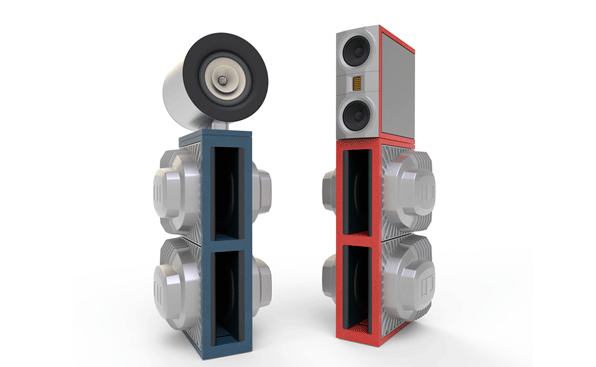Movies are not aiming for "High Fidelity" - and the LFE channel is supposed to have deep thick monster bass - it is all about EFFECTS... distortion is relatively irrelevant... it's all about the BOOM.
I don't agree with that at all.
Good movies, at least, certainly do aim for "High Fidelity." It can most certainly be heard in larger, well done systems--a mediocre system may be able to go BOOM fairly loudly but not necessarily sound good. Distortion is distortion, and if it reaches audible levels it is never good. When program material is heavier in bass and thus more likely to push the subs into distortion I'd say it matters even more.
It's not all "just bass" - there are two competing requirements... best case you want your system to do both perfectly, but within a constrained budget, it is quite common to be able to achieve one or the other, but not both.
They aren't really competing though. As you make the subs larger and capable of more output, generally distortion at a given output will go down. Do one and you've fixed the other.
Or are you talking about the type of sub (driver)? It is widely thought many "home theater" type subs that become very inefficient and difficult to drive once you get much over 80 Hz don't sound very good when crossed with smaller speakers at higher frequencies. For quite a few years now a large trend in the DIY community has been using Pro Audio sub drivers with a high BL, etc, that are very efficient and still sound very good at 120, 150 Hz. And yes, the better ones are usually more expensive so if that's what you were talking about I agree.
Crossing everything over to a sub channel at 80hz is a $$ based compromise - a performance based compromise would have either full range speakers all around (5 or 7) with sub(s) for LFE, or seperate sub systems for LFE (focused on SPL's distortion not a major concern) and for the main channels (accuracy is the priority, SPL's no a major concern)
It's hard to imagine having two separate sub systems would end up being cost effective in the end (not to mention space effective). I think most would be better off just getting better subs that can do both well in the first place. Now that more sophisticated bass management is working it's way down to the masses, the prospects for smaller speakers get even better. Now even mid level AVR's (D&M) allow for directional bass management (your front left main is bass managed to your front left sub, etc), and any processor capable of using ART can do this when set up that way, I think the prospects for making small speakers sound better are improving.
Though with better subs and better bass management I do think the prospects for fans of full range sound from bookshelves are improving, I'm with you in the end and still think there are gains to be had by using the largest speakers one can afford/fit in the room.


